




My teaching practice placement was in a school in eastern Denmark, near the historic city of Roskilde.
Roskilde Friskole Skolerne I Boserup is a private institution that offers individualised eduction to an array of socially vulnerable children, teenagers and young adults. The students in the school are deemed unable to attend normal state schools for a plethora of different reasons, and when they come to the school many of the students have been away from traditional schooling for some years. Some students attended 4-5 different schools before being offered a place at Skolerne I Boserup, so it is very important to ensure that all students are able to find their place organically and in their own way.
Skolerne I Boserup is located by a large broadleaf forest on the edge of a fjord, and as such has beautiful nature right on its doorstep. The school also has its own land, where we practice garden farming, there are house animals and there is another garden to use as an outside space for the students.
The nature and the animals are very important for the school, and we try to integrate both as much as we can to the different classes. The big buildings that the school lies within are spacious and offer possibilities to have lots of space for the classes, and so the students do not have to be squished into small rooms but instead the school is able to spread out the students and give them the space to grow.
The Common Third
“When two or more people share an experience, or work on a task together, something emerges that is not part of them and their mutual interrelationships. It is something external to them” (M Husen 2022). Originating in Denmark, The Common Third is a pedagogical approach which uses positive, authentic relationships as powerful catalysts for human development and work to use it purposefully rather than as an after-thought. The Common Third is a value that the school I have been working in has adopted as one of their main pedagogical approaches which is implemented across all of the classes in the school.
I think that the idea of The Common Third is a very beneficial idea that helps the students feel they are a part of the school community, which helps them find their place, firstly, within their class and, consequently, in the community.
I have experienced that by using a ‘common third’ element with my students and observing other teachers doing the same, many of the most anxious students are able to interact with others. The Michaelhusen concept takes the pressure and the focus off the students themselves and instead directs it to a project, object, or animal that can be the focus for the student and teacher alike.
One of the important elements to Michaelhusen’s pedagogical theory is that the edges between the teacher and the learner become blurred because the relationship is with something that neither has ultimately more power, say, nor decision over and each participant helps the other develop and gain knowledge. Shared discovery is a very important element of the theory which creates a shared experience to have together with the student.
Having so many experiences together, helps to build up a connection between the student and the teacher. They can relate to one another and therefore can work more effectively going forwards. In order to work one on one with my student I tried to create situations where we practiced the common third together. This really helped to build a relationship of learning with the student and also allowed her to feel more comfortable with me relatively quickly.
Building a connection is of the utmost importance when it comes to one on one work because of the intensity of the relationship, there needs to be a common understanding and dialogue in order to remain a healthy, working relationship. In order to enter into this kind of partnership each partner needs to be genuinely themselves and present, otherwise there is mistrust and the common entity will not succeed. In terms of teaching, building this genuine human connection is very powerful. It is when you have managed to hit the hearts of your students and then can work with them in order to move forwards.
From the very beginning of meeting my student we started to work together on a common project. I was able to meet her in her comfort zone, and little by little bring her out of it where she was able to learn and develop. By forging a genuine human connection I have been able to develop a relationship of love and demand with her, where we can both challenge the other in moments where we are not giving our all. This has grown over time, and now after five months this ability to demand from her is at its highest peak. I have got here by a series of common third activities which built up over time and often ran alongside her academic studies that needed to be adhered to in the school.
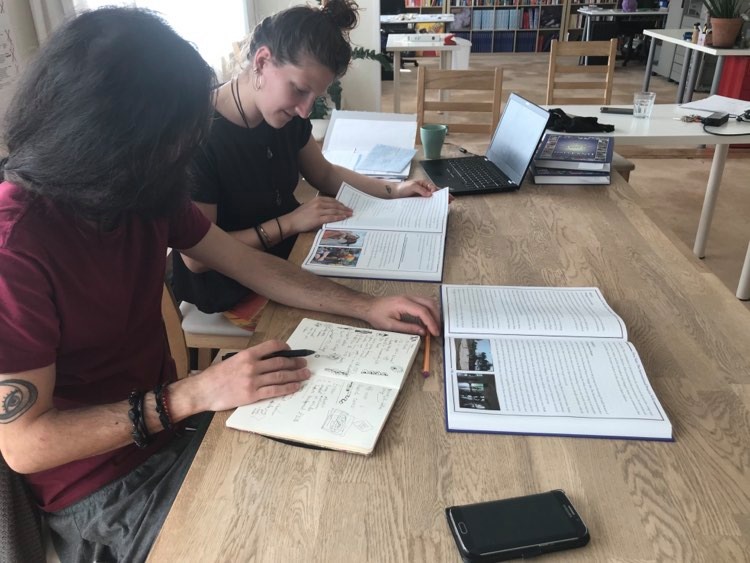
Preparations for the trip to Berlin
As an example of a common third project, action or process that I will talk about is the preparation and participation in a study travel to Berlin. This common process involved more than just myself and my student but the whole class was involved. There was a lot to investigate when it came to the travel, and as teachers we were not the ones to organise the whole trip, instead it was down to the students to be a big part in organising the trip, therefore I was together with the students in forming a solid 5 day plan including travel, accommodation, and programme. It was the suggestion of one of the students that we travelled to Berlin for the study travel, and so then we set about creating a programme. We agreed together as a class to decide what it was that we wanted to learn from our travel, what we wanted to do, see and experience. This was a very empowering meeting for the students who felt that their wishes were being heard and that they had a say in the travel. At times it was frustrating to be working so slowly, the class took hours to do what I could have done in a few minutes but the process that they were going through was incredibly important and so I let them take all the time that they needed to take. The plans changed so many times that I lost count as they went backwards and forwards on ideas in order to create the “perfect” plan for everyone.
I was part of the process, posing questions, doing research that the students asked me to and offering my own experience from visiting the city. Together we had to navigate the German corona regulations in order to understand what all of the rules and regulations were that we would have to follow while we were there. I feel that the common way that we approached this planning gave the students a lot of autonomy over their travel. The students were more engaged with the process and happier to come away with the school, there were some students who initially were not going to come but when they were invited to get involved in the planning process they then changed their minds and decided to participate on the study travel.
One quote from a student that really stuck with me was when one student said about planning the travel “I can’t believe I just planned the trip to Berlin, I’m just a kid, and I planned the trip!”. After the student said this then I really felt the importance of allowing the students to be such a big part of the planning process. It seemed that they had not experienced such trust before, and by being part and watching them it was clear that they were thriving from the responsibility that had been put on their shoulders.
The common third here is partly the preparation for the travel, the organisation and the decision making in order to make the travel a great learning experience and a memory to last a long time. But another aspect of the common third that we were using here was the world-as-our-classroom being a common-third for all us teachers and students alike.
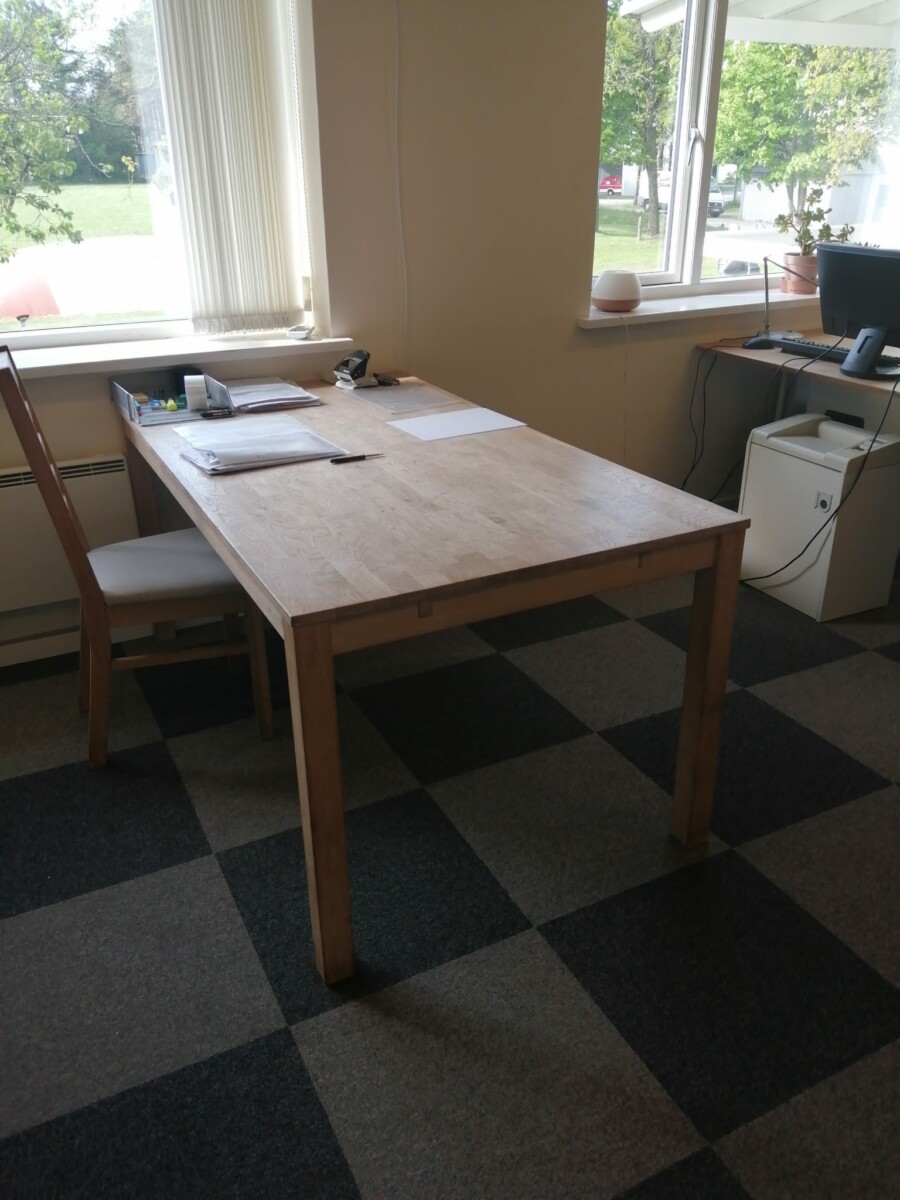
Final thoughts
Being a part of a group of enthusiastic, engaged and experimental teachers was empowering for me in my own school. I was able to share my ideas with them, and get ideas from them that influenced my own teaching. This movement of teachers made me realise that the best way to be teaching is in this way, with an overview into other teachers’ lives where it is possible to encourage one another and together join forces to reach further and spread messages more broadly.
Nina Moon Ducker, DNS Student.
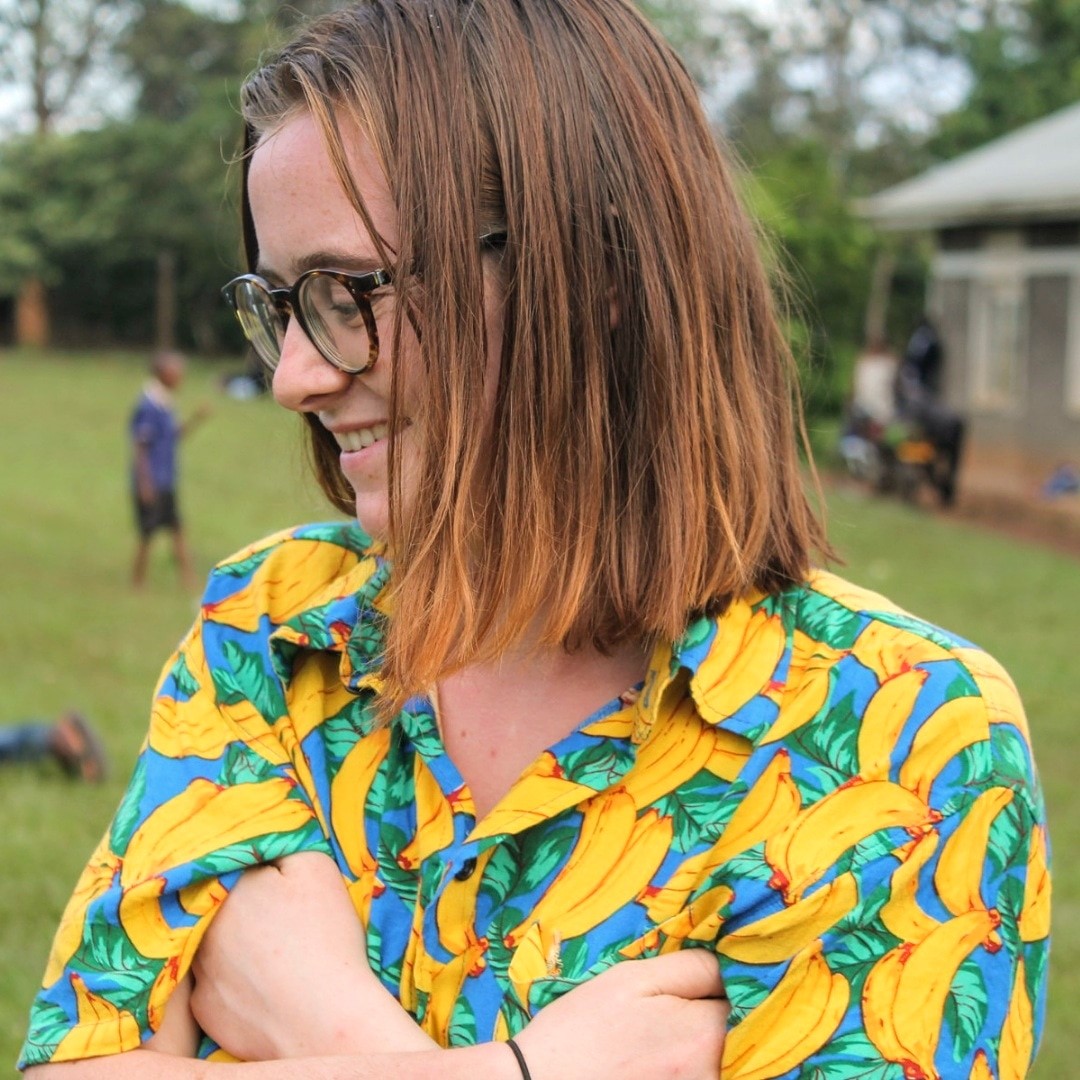
Alternative education

What is DNS?
Based in Denmark, our 4-year Bachelor Programme aims to enable its students to become global citizens and proficient educators.
Since DNS was established in 1972, over 1.000 graduates have played an important role in bringing equitable quality education to children and youth, as well as in all sorts of other projects and development programmes worldwide.
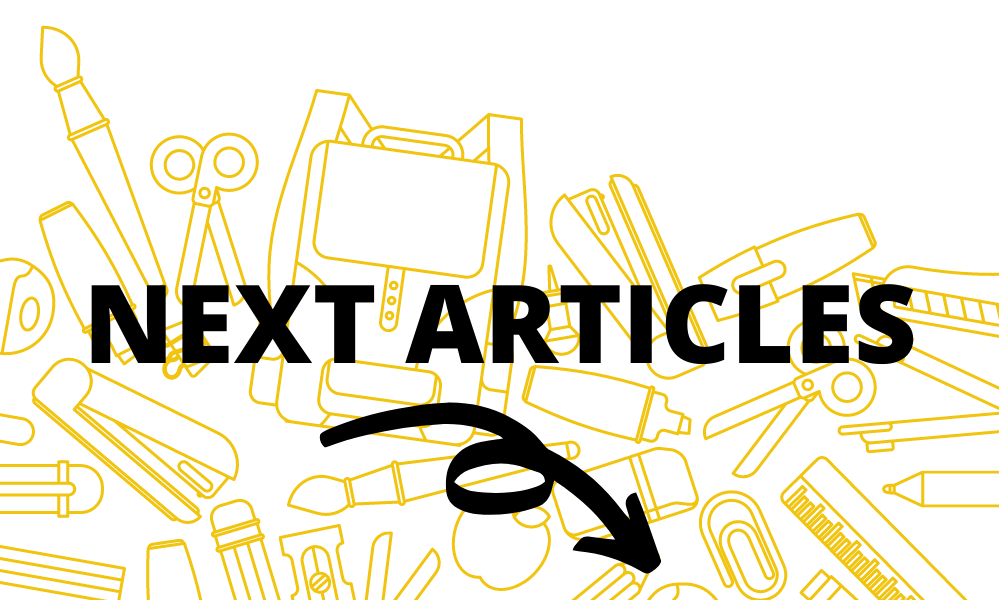
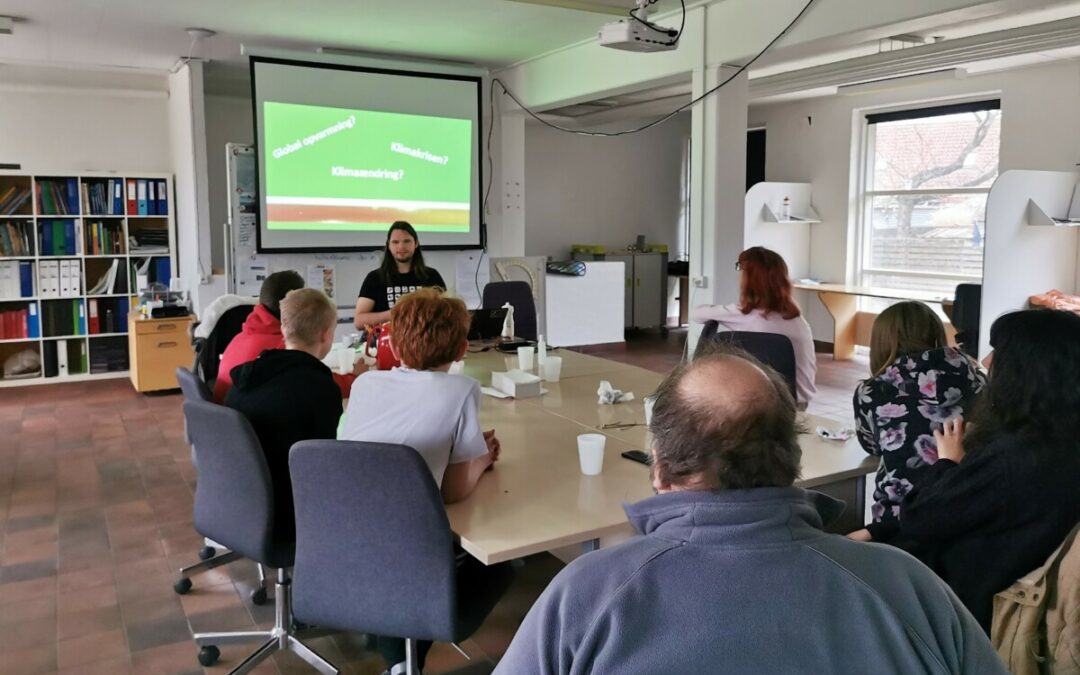
Learning crucial teaching skills
Learning crucial teaching skillsFor the past 10 months of Teaching Practice as a part of my education at DNS Tvind, I have had the pleasure of working as a teacher-assistant with learning-apprehensive students at Friskolen Helios. The time spend at the school will...
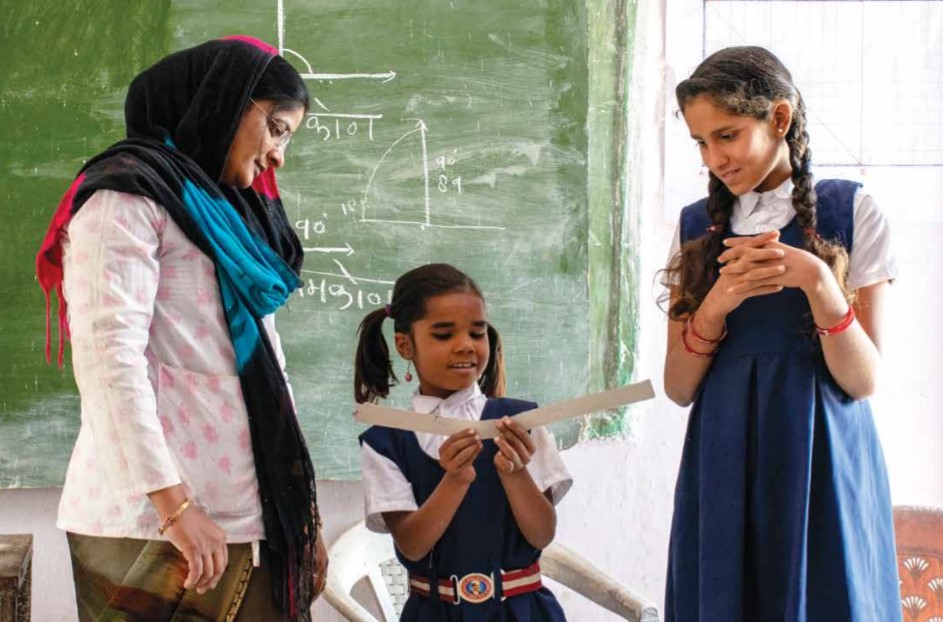
Teachers: Leading in crisis, reimagining the future
Humana People to People remains committed to shouldering the task of training teachers of another kind who are ready to teach, inspire and lead the new generations for many years to come.
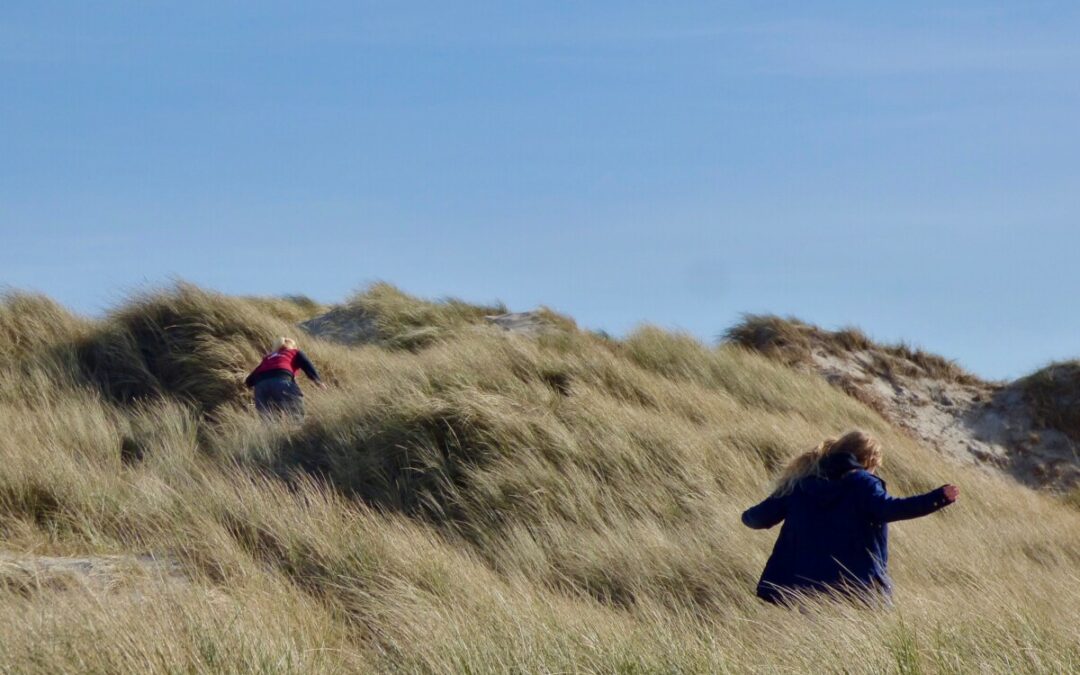
The concept and practice of integration in Tvind
Integration is an important aspect, or rather one of the goals, of the “Tvind Pedagogy”. In Tvind, deliberate effort is regularly put into reflecting about how to make it better, into adjusting our knowledge of it to each student and into constantly finding out new ways to make them feel like they belong. These concepts and reflections later materialise in the many ways in which we actually exercise integration.


Let’s start a discussion!
Did you like this article? Let us know what you think in a comment!
Here is what others think:

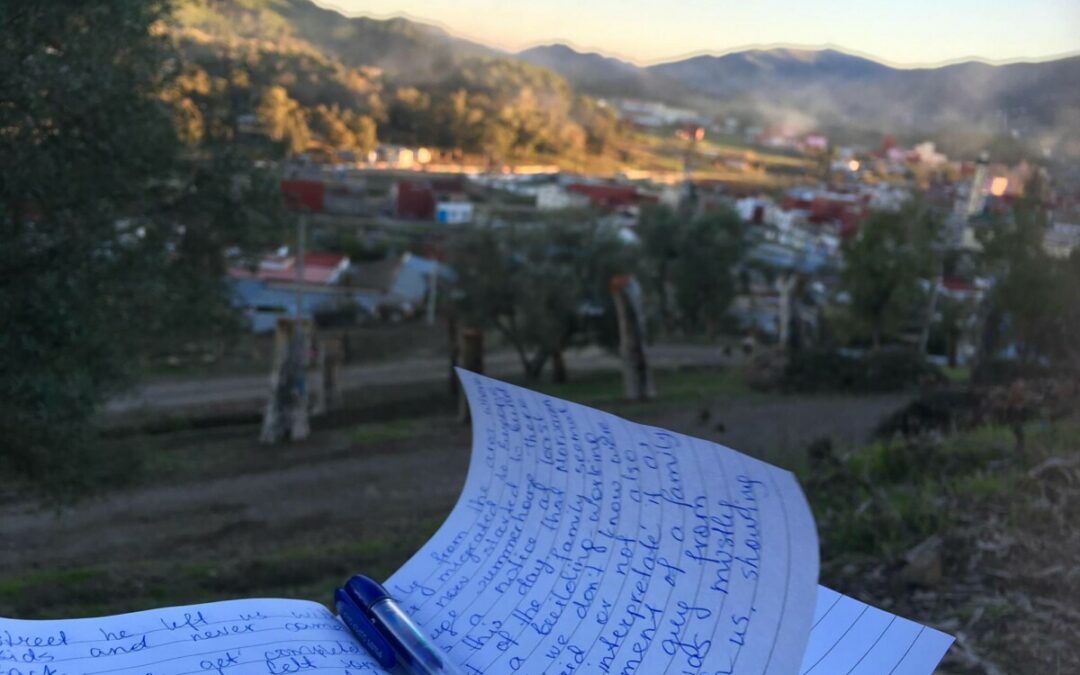
6 ways to keep learning during a lockdown
6 ways to keep learning during a lockdown The COVID-19 outbreak forced many of us into quarantine — as we know, lockdowns are a good strategy to slow down the spread of the virus. But having to practice social distancing doesn’t mean that our lives are just paused:...
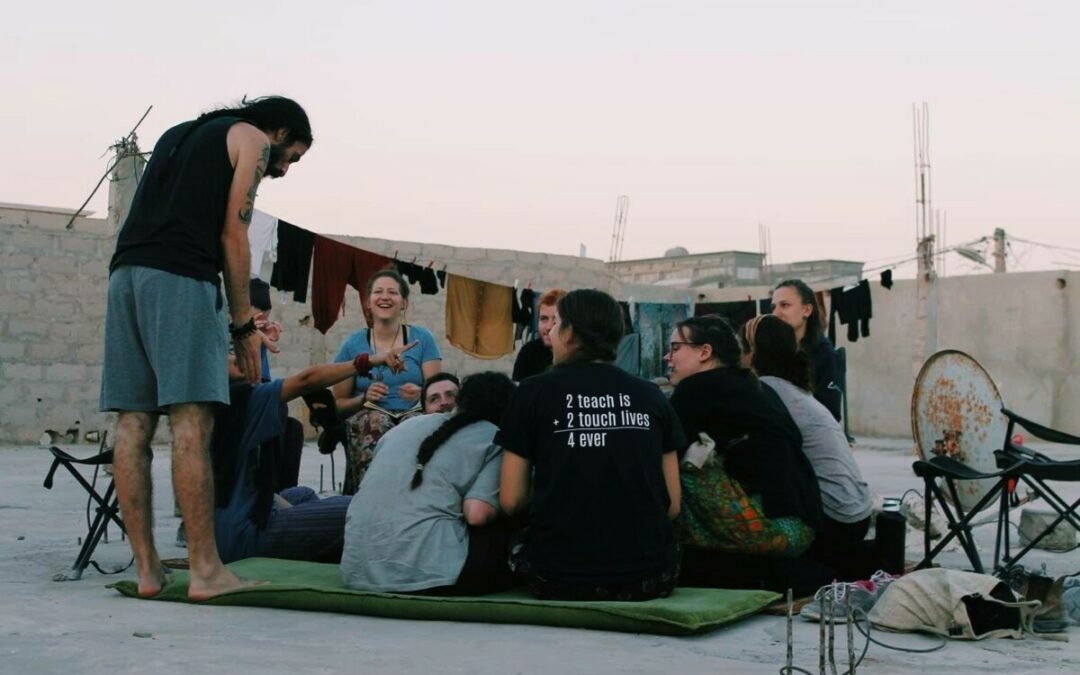
What is Quality Education and who are We to say what is quality?
We can learn from everyone and anyone.
There is so much learning that can be done around us all the time if we just open our eyes to the opportunities and open our minds to the possibilities.
These things have touched my heart rather than my head, I was incredibly humbled by the humanity I encountered.
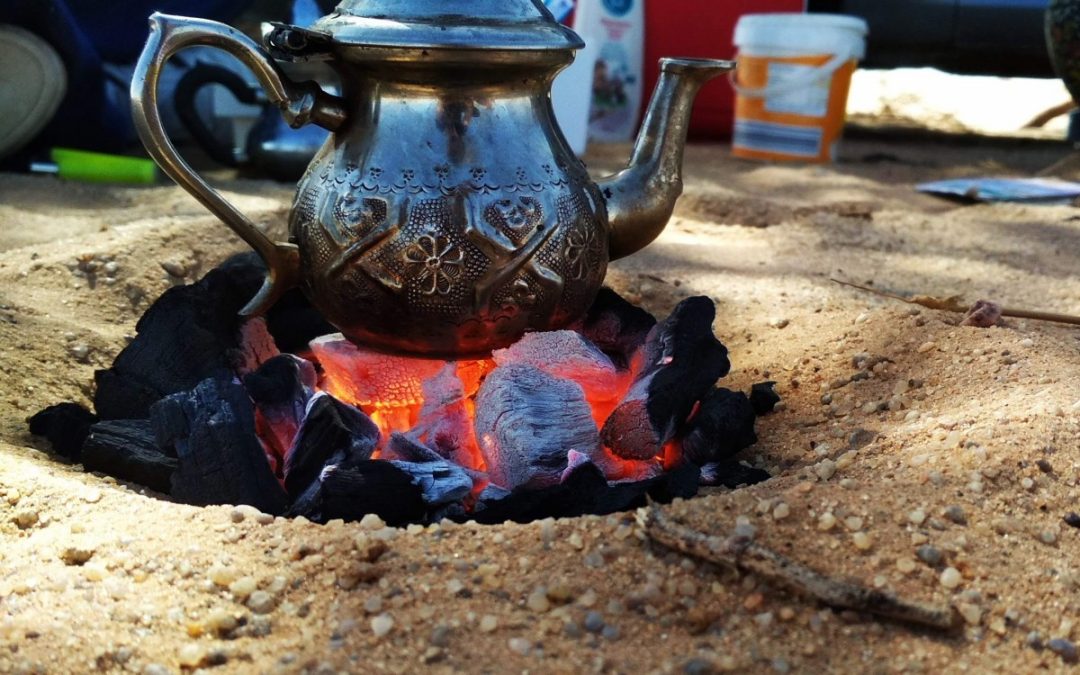
Is there such a thing as “West African Culture”?
Voices of EmpowermentIs there such a thing as “West African Culture”? To begin with, from my experience and understanding, culture is a mixture of various elements like language, traditions, beliefs, mentality - all within a specific social group. Let it be a nation,...

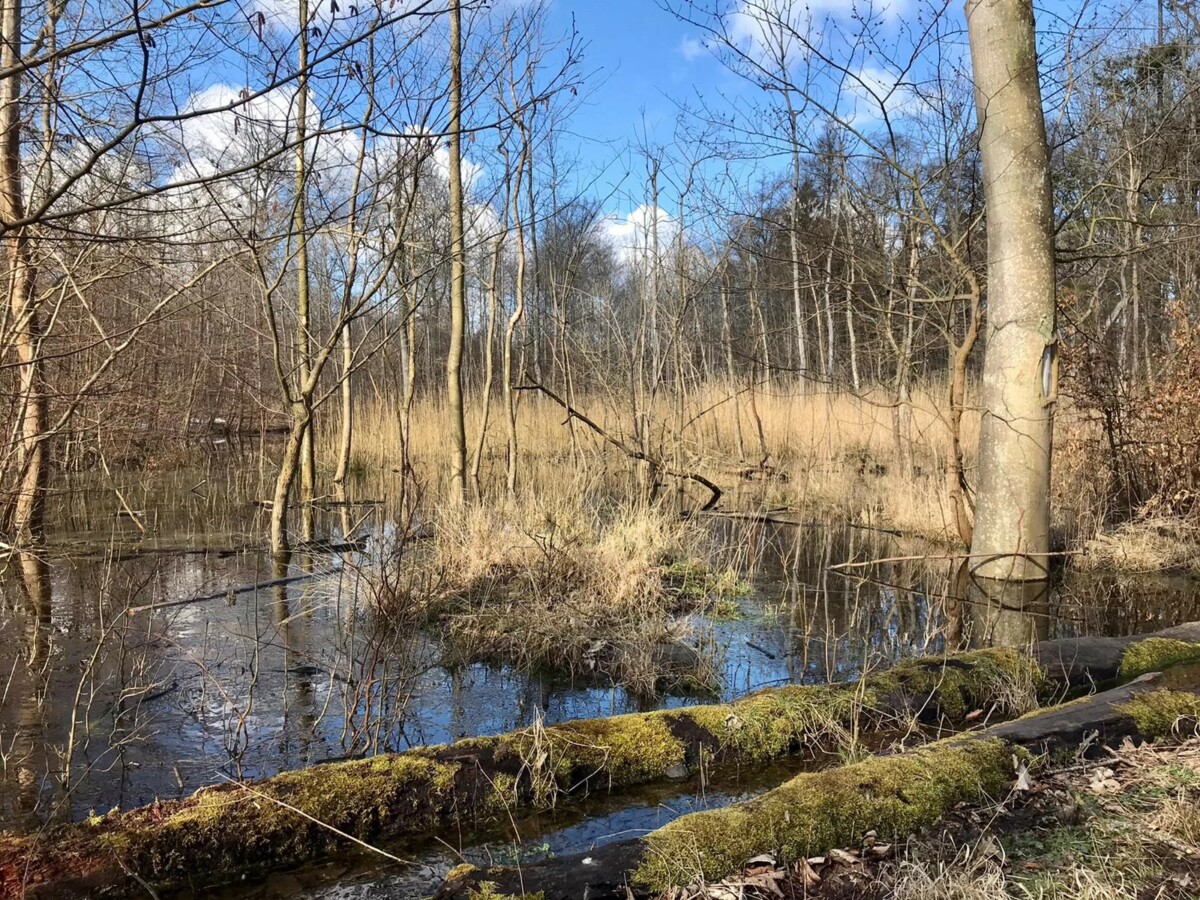
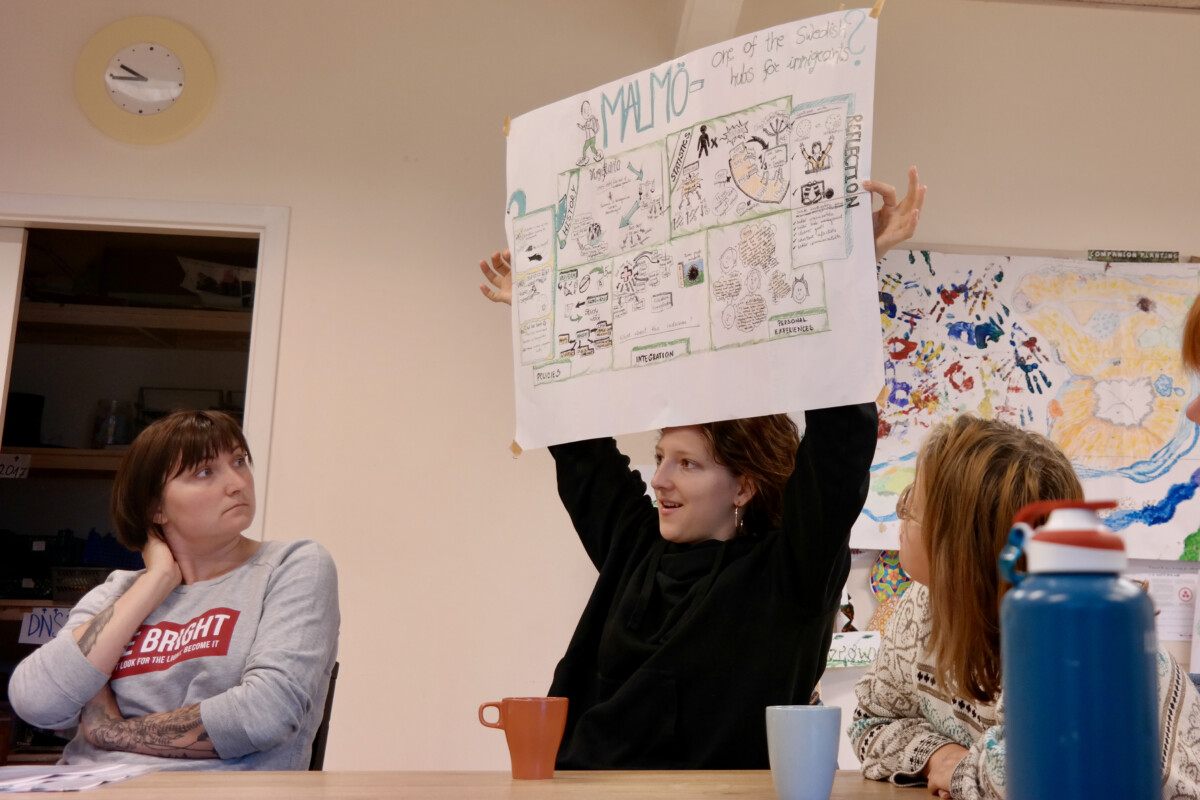
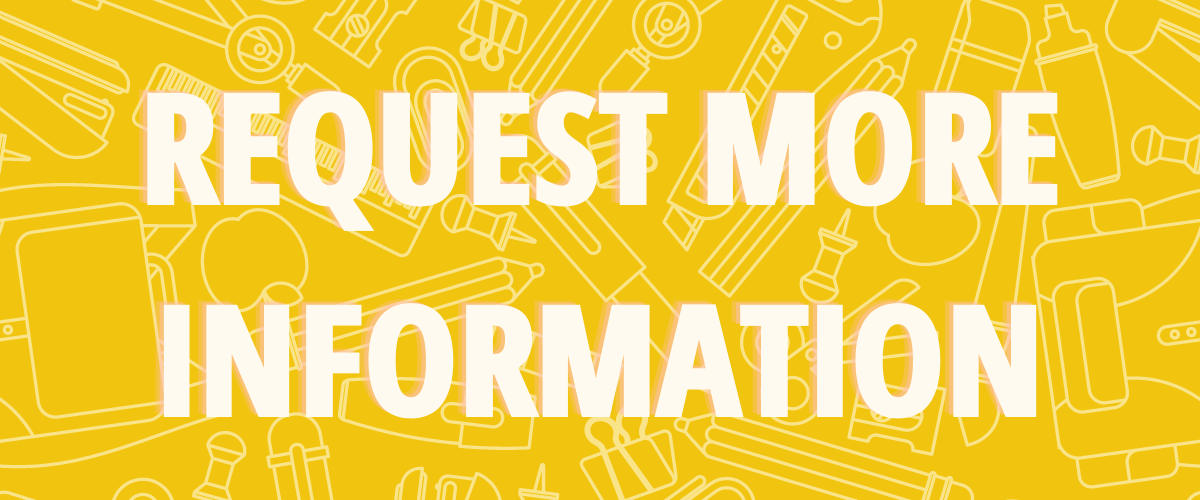

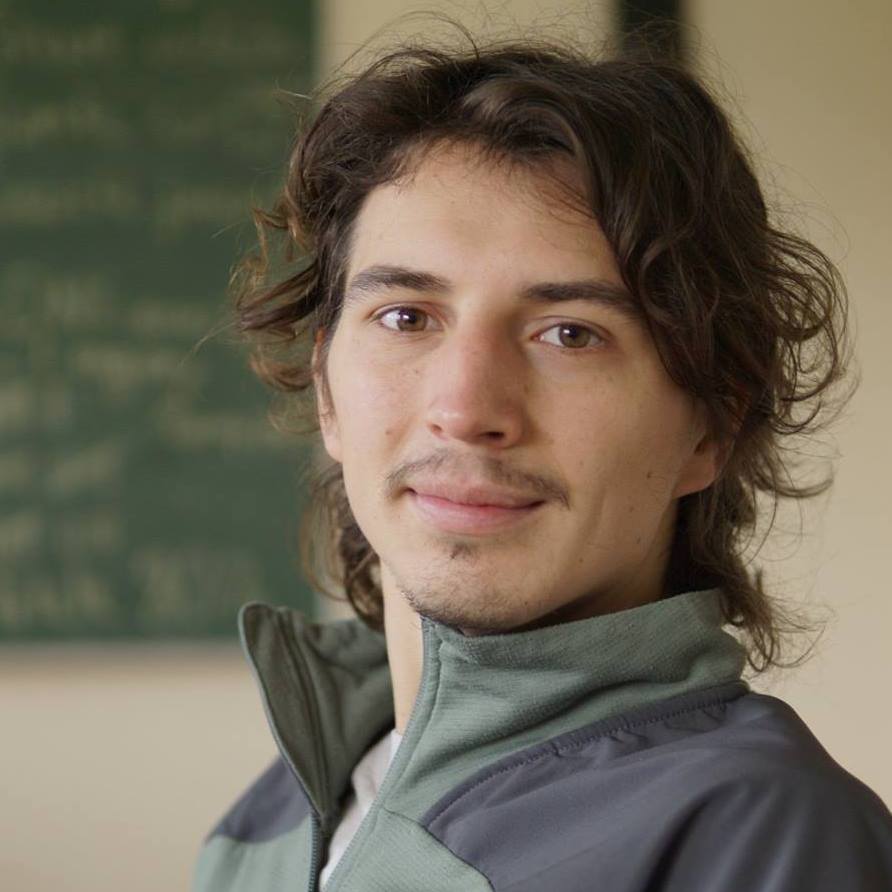
0 Comments